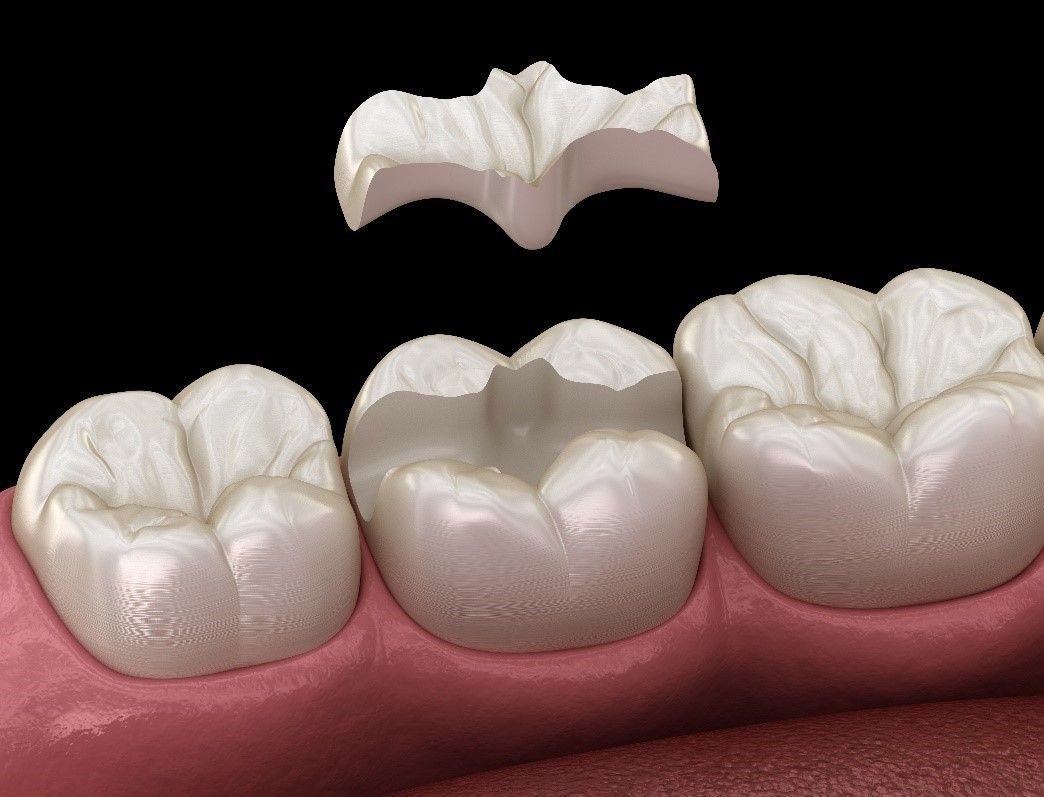Dental Crowns and Fillings Explained: Which One Do You Need?

When it comes to restoring decayed or damaged teeth, your dentist may recommend either a filling or a crown. While both treatments aim to protect your teeth and restore function, they differ in purpose, procedure, and durability. Understanding the difference can help you make informed decisions and feel confident about your dental care.
What Is a Dental Filling?
A filling is used to repair small cavities or areas of minor tooth decay. After removing the decayed part of the tooth, your dentist fills the space with a strong material to restore its shape and function. Fillings are quick, affordable, and typically completed in one visit.
Types of Dental Fillings
- Composite Resin Fillings – Tooth-colored and ideal for visible areas. They blend naturally with your teeth.
- Amalgam Fillings – Formed from multiple metals, they are durable and ideal for restoring teeth.
- Ceramic Fillings – Stain-resistant and highly natural in appearance, though typically more expensive.
- Gold Fillings – Extremely durable and biocompatible, though more costly and noticeable.
What Is a Dental Crown?
A crown, or “cap,” is used when a tooth is severely cracked, decayed, or weakened. A crown, or “cap,” is used to restore a tooth that is severely cracked, decayed, or weakened. Unlike fillings that repair small sections, a crown fits over the full visible portion of the tooth, adding strength and protection against further damage.
Types of Dental Crowns
- Porcelain Crowns – Highly aesthetic and ideal for front teeth.
- Zirconia Crowns – Strong with a natural, tooth-like appearance.
- Porcelain-Fused-to-Metal (PFM) Crowns – Blend strength with a natural appearance, but can show a thin metal line.
- Metal Crowns – Very durable and resistant to wear, suitable for molars.
- Pressed Ceramic Crowns – Made from layered ceramic for a strong core and lifelike translucency, combining strength and natural aesthetics.
Crowns vs. Fillings: Which Is Right for You?
The main difference between crowns and fillings lies in the extent of tooth damage.
- Fillings are best for small cavities or minor repairs.
- Crowns are necessary when the tooth is too damaged or weak to hold a filling securely.
- Your dentist will assess your tooth condition using X-rays and a physical examination to determine the best option.
Ready To Restore Your Smile?
Understanding the difference between crowns and fillings helps you choose the best solution for your dental health. At Blue Ash Dental Group in Cincinnati, we offer expert care to restore strength, function, and confidence to your smile. Schedule your appointment now and let our team help you achieve lasting oral health.










